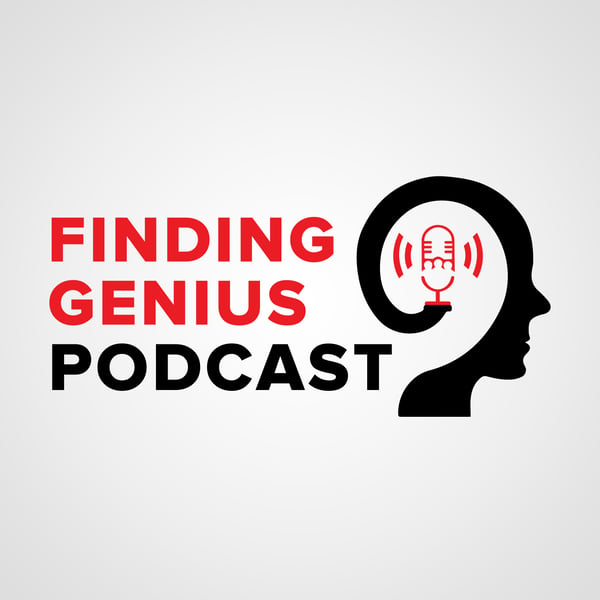Pain Mechanisms of Toxins: Sam Robinson Deconstructs Stings, Poisons, and Venoms
Finding Genius Podcast
Richard Jacobs
4.4 • 1K Ratings
🗓️ 15 April 2021
⏱️ 25 minutes
🧾️ Download transcript
Summary
What's a stinging tree? Hikers in Australia are familiar with this needle-covered plant that can cause hours of pain. Researcher Sam Robinson has been studying how this tree's sting causes pain, and found a connection to chemotherapy-associated pain that may help researchers find a solution. His work includes the study of numerous toxic plants and animals and the chemistry behind our painful biological reaction. He discusses
- Some fascinating examples of organisms and their toxins,
- The two main categories of toxins and how they work on a broad scale, and
- The benefits of deconstructing how these toxins work on detailed level for potential chronic pain management and pharmacology.
Dr. Sam Robinson is a research fellow at the Institute for Molecular Biological Science at the University of Queensland in Australia. It took a walk on the beach and a jellyfish sighting to get his curiosity in gear for researching how toxins cause pain. He's focused on exploring painful toxins in a systematic way, down to the proteins and genetics involved. He adds that venom, for example, is not the same across different animals. Rather, there's a "whole cocktail of different toxins" with different uses, from capturing prey to self-defense, and they can affect different parts of the organism they bite.
While their similar functions come down to convergent evolution, there are a host of different ingredients. He gives several specific examples and explains why he's especially focused on toxins that affect our cellular voltage-gated sodium channels. That's where the stinging tree comes in. He's found that the tree injects a toxin that keeps those channels open, causing hours of pain. Furthermore, after the pain is gone, it can be revived by exposure to cold in a phenomena called cold allodynia, a condition chemotherapy patients also experience. This is the kind of connection that makes his research potentially applicable to numerous pain-related diseases and treatment.
Listen in for more examples of pain deconstructed.
Transcript
Click on a timestamp to play from that location
| 0:00.0 | Forget frequently as questions. |
| 0:02.0 | Common sense, common knowledge, or Google. |
| 0:05.0 | How about advice from a real genius? |
| 0:07.0 | 95% of people in any profession are good enough to be qualified in license. |
| 0:11.0 | 5%? |
| 0:12.0 | Go above and beyond. |
| 0:13.0 | They become very good at what they do. |
| 0:15.0 | But only 0.1% are real geniuses. |
| 0:18.0 | Richard Jacobs has made his life's mission to find them for you. |
| 0:22.0 | He hunts down and interviews geniuses in every field. |
| 0:25.0 | Sleep science, cancer, stem cells, ketogenic diets, and more. |
| 0:29.0 | Come the geniuses. |
| 0:30.0 | This is the Finding Genius Podcast. |
| 0:33.0 | The Richard Jacobs. |
| 0:36.0 | Quick note before we begin. |
| 0:39.0 | The Finding Genius Foundation, as part of the Finding Genius Podcast, |
| 0:42.0 | has recently completed a book about understanding viruses. |
| 0:46.0 | So the creation of this book was to interview 100 virologists, |
| 0:50.0 | ask them a lot of deep difficult questions, take the most difficult questions, |
| 0:54.0 | and then re-interview the top 25 or so, |
| 0:57.0 | and ask them the hardest questions I could think of. |
| 1:00.0 | And we compile that all into a book. |
... |
Please login to see the full transcript.
Disclaimer: The podcast and artwork embedded on this page are from Richard Jacobs, and are the property of its owner and not affiliated with or endorsed by Tapesearch.
Generated transcripts are the property of Richard Jacobs and are distributed freely under the Fair Use doctrine. Transcripts generated by Tapesearch are not guaranteed to be accurate.
Copyright © Tapesearch 2025.

